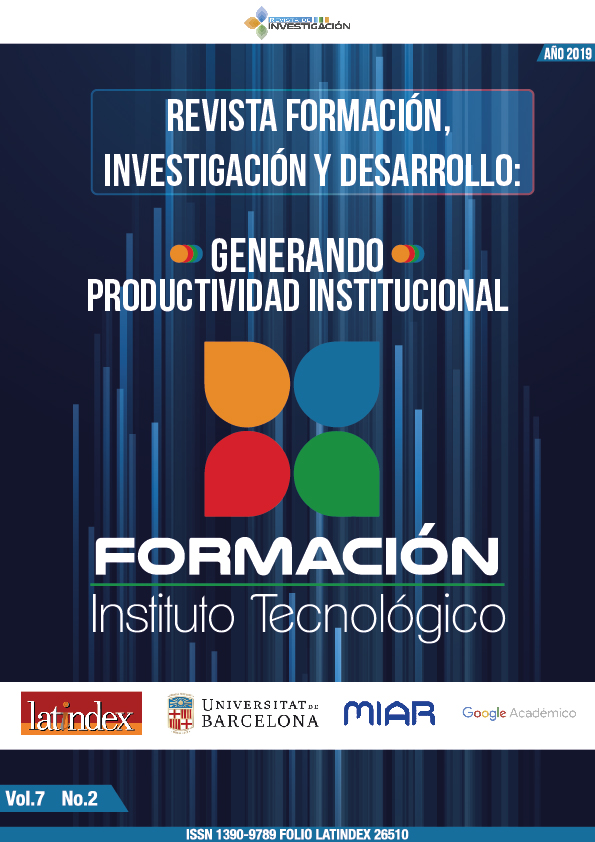University Training and Job Placement. The Concern for Employability
Main Article Content
Abstract
This study has addressed the employability of university graduates of National University of Asuncion, defined as the level of adjustment of the training received with the occupation of professionals who completed their studies and obtained their university degree. Specifically, the socioeconomic profile of the graduates, the socio-occupational characteristics and the demands demanded by employers in the labor market were defined. From a random sample survey applied to graduates, as well as a qualitative interview strategy to employers, the results indicate a slight proportional majority of employable graduates, that is, access to a job in the branch of activity corresponding to the graduation career, Access to the position in less than six months after graduation and stay in the position for at least one year. In any economic sector the labor market requires professionals with solid academic training, which also requires professional experience in the area of performance, that is, the skills and abilities of the profession. Finally, labor demand puts more and more force a hiring criterion consisting of a set of ambiguous as well as arbitrary and discretional competences that are nested under the term "soft skills". The employability of graduates, through an offer with academic profiles that meet the requirements demanded, is not due to the university because it is faculties that it cannot and is not expected to provide.
Article Details
Este trabajo tiene licencia DE Atribución/Reconocimiento-NoComercial-CompartirIgual 4.0 Internacional. CC BY-NC-SA 4.0.

